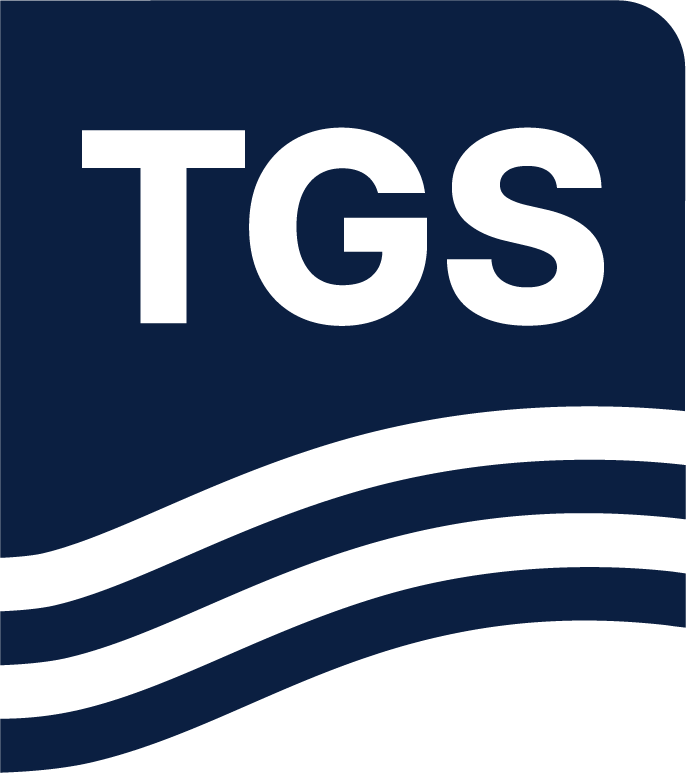Ocean Bottom Node (OBN) seismic acquisition offers rich azimuthal coverage and long offsets,
which are valuable for velocity model building. Despite the better sampling of the wavefield, OBN
can still be challenged by variations in illumination in complex geological settings, which can lead
to non-optimal amplitude response and spectral deficiencies. In these cases, techniques like
image-domain Least Squares Migration (LSM) can be highly effective, enhancing both image
quality and subsurface illumination.
In this case study from the Santos Basin, we demonstrate the integration of Dynamic Matching
Full Waveform Inversion (DM-FWI) for velocity model building with image-domain LSM applied to
both Kirchhoff and Reverse Time Migration (RTM). Our results show that this approach, not only
delivers higher resolution and better illumination through deblurring and illumination correction
but also yields a significantly more robust Amplitude Versus Angle (AVA) response in RTM
compared to Kirchhoff migration. These improvements highlight the critical role of advanced
migration techniques in maximizing the value of OBN data for seismic interpretation and reservoir characterization.

